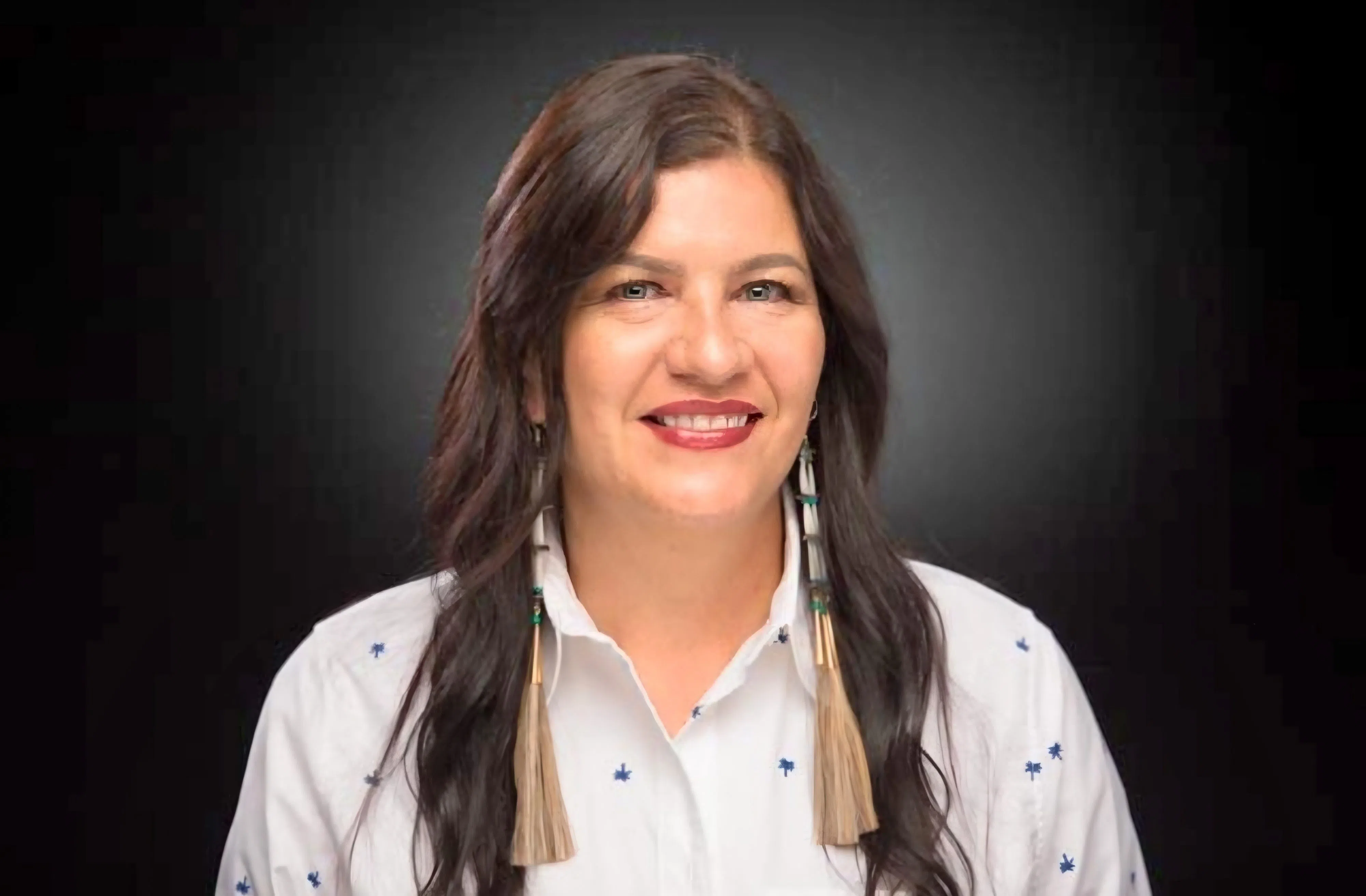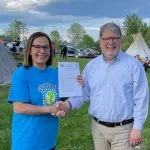
Often the university is a place where people of different backgrounds come together to learn, educate and share ideas
Common Threads is a new feature in The Eagle – EFN Media’s quarterly magazine. It is made possible through a partnership with the Multicultural Council of Saskatchewan (MCoS). The goal is to highlight the similarities between Indigenous people and those new to Turtle Island.
For Indigenous people finding balance in a rapidly changing world can be difficult but not impossible.
In a province where there are events dedicated to celebrating and embracing our differences there is little being done to discover our similarities or our Common Threads.
One of the places where people from many different cultures convene and interact daily is at university.
“I often notice that newcomers are attracted to ta-tawâw Indigenous Student Centre at the University of Regina (U of R), or other Indigenous cultural events on campus or in the community,” said Lori Campbell, associate vice-president of Indigenous Engagement. “Like Indigenous peoples, they come from very strong cultural backgrounds and there are similarities.”
Several student groups have been created at the U of R and one of them is the Muslim Student Association.
Last fall two members sat down with EFN Media and shared a little about their cultural practices and worldview and uncovered some of those Common Threads.
Environment
Indigenous tribes throughout Turtle Island hold a deep respect for the environment and it’s a big part of their worldview.
“Indigenous peoples recognize that everything in our natural world is imbued with spirit,” said Campbell. “This means that we are related to the plants, the animals, Mother Earth, and even the rocks and because of this, we should not take advantage of or recklessly cause harm to these relatives rather we should care for them.”
Similarly, those of the Muslim faith share these ideologies of earth and nature.
Abdul Fattah Aboguddah and Bashar Moolla said those who adhere to Islam believe in that connection and responsibility.
“We believe that God has put us here to take care of the world, treat it with kindness and don’t abuse the environment, don’t abuse the animals you’re around,” said Aboguddah. “Do not be wasteful.”
He explained these are the guiding principles those of the Muslim faith must abide by.
“There are the five pillars of Islam and then there are six pillars of faith or Iman in the Arabic word,” said Aboguddah. “So, it goes further than what you might expect… It’s the way I interact with everything, how I interact with animals. I cannot abuse animals.”
The respect for the animals is taught from childhood and practiced throughout adulthood.
“I cannot just go around and do whatever I want and then as long as I pray or do the bare minimum, that’s fine,” said Aboguddah. “No, because it extends further than that. It’s embedded in your life basically.”
For Indigenous people the respect for the environment extends into how they still interact with everything around them.
“We understand that water is the lifeblood of Mother Earth and we commit to protecting water, knowing how sacred it is to the survival of Mother Earth, ourselves, and our relatives in the natural world,” said Campbell.
Being stewards of the land is a big part of the Indigenous way of life.
“Harvesting plants or animals for our sustenance or medicine involves ceremony and we are never to waste,” she said. “We use all parts of the animal or plant and we are to ensure that we never overharvest. If we do not continue these respectful relationships the animals and plants will no longer provide for us.”
Oral Tradition and Elders
For Indigenous people oral teachings are regarded as one of the main forms of education and the way to transfer knowledge.
“We are strengthened through the learning, understanding, remembering, and continuous teaching of our stories,” said Campbell. “Learning in this way requires us to be in relationship with our Elders and teaches us the value of all members of our communities.”
This also happens in the Muslim faith.
“It’s one of the strongest, [forms of knowledge],” said Aboggudah about oral history. “You have children as young as eight to 11 years old memorizing the whole Quran orally and they’re able to recite it. And it’s a form of preservation. In order to preserve text, you cannot just simply write it down.”
The process of memorization and preservation of their spiritual knowledge and ways of life can be a difficult task, mainly due to the length and extent of their principles.
“It’s like a very rigorous way of preserving exactly what was said and how it was said and to whom it was said and the context of what was said,” Moolla explained. “And in that way, it’s able to have been passed down without being altered. It’s the same way that our Quran, which was the divine revelation of our God, and that has not seen any changes since it’s come down due to the oral preservation.”
Similarly stories from Treaty signing are still preserved and shared orally. The strength of Indigenous oral history was proven in Canada’s highest court with the Delgamuukw decision in 1997. The Supreme Court deemed oral history is important as any other type of evidence and must be treated equally.
Muslim also have Knowledge Keepers who provide guidance.
“The elders always hold the highest value,” said Aboggudah. “Even for us, like any older scholar, we consider him to be wiser, so we would go to him first.”
The Elders and old ones are valued and cared for by everyone.
“We have that same sort of respect that as people are older and you have that extra care and you treat all your elders or people of age with a lot more respect.” said Moolla. “That’s something where I think between both our beliefs, it’s very similar.”
Campbell shares the Indigenous perspective.
“Elders are valued highly in our culture,” said Campbell. “They are respected for having their life’s experiences and we learn from them by listening to their stories orally. This oral transmission teaches us about our histories, where we come from, and helps us to make decisions about where we are headed.”
Purification and Smudging
Before praying, Muslims take part in a very literal cleansing. This process is always to be done prior to entering a holy place.
It’s called ablution, or wudu in Arabic.
“You wash your hands three times over, rinse your mouth three times over, rinse your nose three times over, then wash your face three times over, then up to your elbows, your right hand first, up to your elbow three times over. Then your left hand up to your elbow three times over, your hair once, your ears once, and then your feet up to your ankles three times over. First starting with the right and then the left,” said Aboggudah.
“This is a washing of sins and the cleansing of self.”
Indigenous people have a similar yet different type of ceremony.
“Smudging, using one or more of our sacred medicines, is a way of purifying our mind, body, and spirit.,” said Campbell.
“We “wash” ourselves with the smoke from the smudge. It helps us to centre ourselves and connect with the Creator. Smudging may occur first thing in the morning to set our intent for the day, at a moment when we find ourselves struggling during our day, or when we gather together and want to ensure we are of a clear mind.”
In exploring the similarities between Indigenous spirituality and Muslim faith, it becomes apparent both forms of tradition have an immense respect for spiritual teachings, the environment and the sacredness of treating one’s self with respect.
These shared values serve as a reminder that, despite their differences, they can lead to a universal connection and assist in building bridges to one another.

